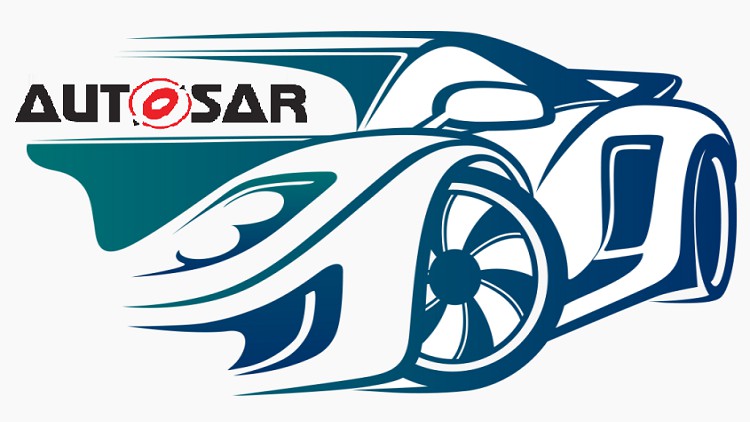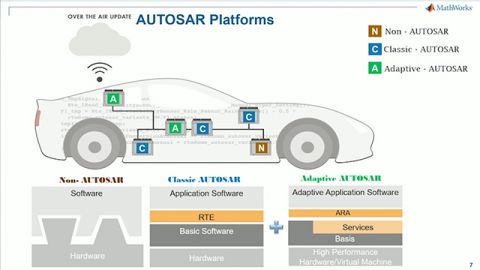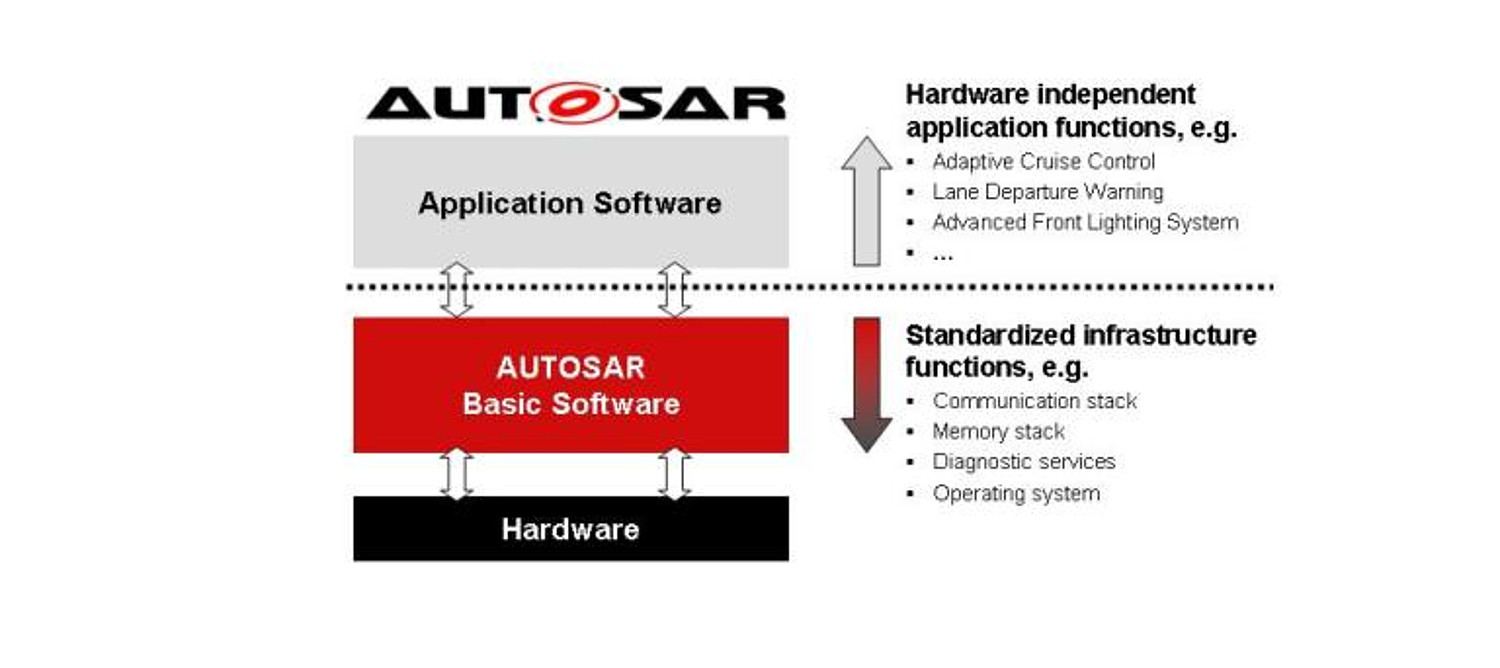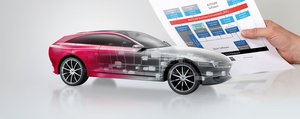Autosar: The standardization of software architectures for automotive systems
Published

Autosar stands for Automotive Open System Architecture and is a global industry standard that aims to standardize software architectures for automotive systems. Autosar is designed to reduce the complexity of software development in the automotive industry, improve interoperability between different vehicle components and promote the reusability of software modules.
The importance of Autosar for the automotive industry
Autosar has gained enormous importance in the automotive industry as more and more vehicle functions are software-controlled. By standardizing software architectures, Autosar enables better integration and collaboration of various components and systems in a vehicle. This makes it easier to develop, maintain and update software and enables car manufacturers to develop more flexible and highly connected vehicles.
The components and layers of Autosar

Those : mathworks.com
Autosar defines various components and layers used in an Autosar compliant software architecture. These include the application layer, the software and hardware abstraction layer, the communication layer and the runtime environment. Each layer fulfills specific functions and enables interaction and communication between the various vehicle components.
The advantages of Autosar
The introduction of Autosar offers a variety of benefits for the automotive industry. By standardizing software architectures, automobile manufacturers and suppliers can optimize their development processes, increase the reusability of software modules and reduce development costs. Autosar also makes it easier to integrate new features and collaborate with different partners by improving interoperability.
Challenges in introducing Autosar

Those : gi.de
Although Autosar offers many advantages, there are also challenges in implementation and implementation. Adapting existing systems to the Autosar standard architecture may require significant changes and investments. In addition, the introduction of Autosar requires close cooperation between the various players in the automotive industry, including car manufacturers, suppliers and software developers.
The future of Autosar
Autosar is a dynamic standard that is constantly evolving to meet the needs of the changing automotive industry. The future of Autosar lies in further improving interoperability, supporting new technologies such as electromobility and autonomous driving, and integrating cloud-based services. Autosar plays an essential role in shaping the future generation of connected and intelligent vehicles.
The implementation of Autosar in the automotive industry
The implementation of Autosar in the automotive industry requires close collaboration between the various stakeholders. Car manufacturers, suppliers and software developers must work together to integrate the Autosar standard architecture into their development environments. This includes adapting existing systems, developing Autosar-compliant software and carrying out extensive testing and validation.
The impact of Autosar on the automotive industry

Those : vector.com
The introduction of Autosar has far-reaching implications for the automotive industry. It enables manufacturers to make their development processes more efficient and shorten the time to market for new vehicle models. Autosar also makes it easier to integrate innovations, as new functions can be integrated more quickly and seamlessly into the existing software architecture. Autosar also helps improve vehicle safety by increasing the reliability and robustness of the software.
The role of Autosar in electromobility and autonomous driving
Autosar plays a crucial role in the integration of electromobility and autonomous driving. Electric vehicles require extensive software control to optimize battery performance, power management and charging control. Autosar offers a suitable platform for the development and integration of these complex software functions. In the area of autonomous driving, Autosar enables the integration of sensors, actuators and algorithms for environmental perception and decision-making.
The future development of Autosar
The further development of Autosar is driven by the changing requirements of the automotive industry. The increasing connectivity of vehicles, the integration of cloud services and the increasing requirements for data security are just some of the trends that influence the future development of Autosar. Autosar is expected to continue adapting to new technologies and use cases to successfully address the challenges of digital transformation in the automotive industry.








